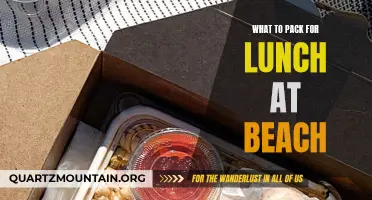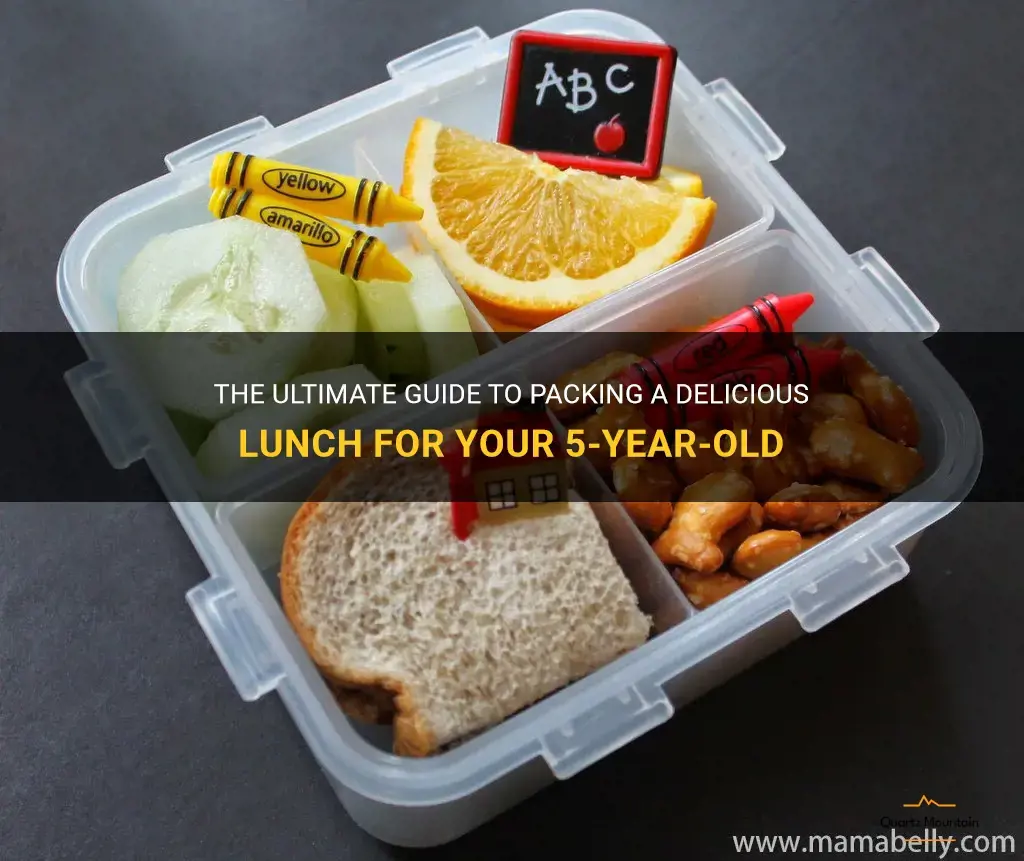
Are you tired of making the same boring sandwich every day for your child's lunch? In need of some fresh ideas to pack a delicious and nutritious meal for your 5-year-old? Look no further! This ultimate guide is here to save the day and provide you with creative and tasty lunch ideas that your little one will devour. From colorful and fun bento boxes to mouthwatering wraps and salads, this guide has it all. Say goodbye to lunchtime monotony and hello to happy, satisfied kids with this ultimate lunch packing resource.
What You'll Learn
- What are some healthy options to pack in a lunch for a 5 year old?
- How can I ensure that my child's lunch is balanced and nutritious?
- Are there any specific food items I should avoid packing in my 5 year old's lunch?
- How can I make my child's lunch more appealing and enjoyable for them to eat?
- Are there any creative and fun ideas for lunchbox meals that my 5 year old would enjoy?

What are some healthy options to pack in a lunch for a 5 year old?
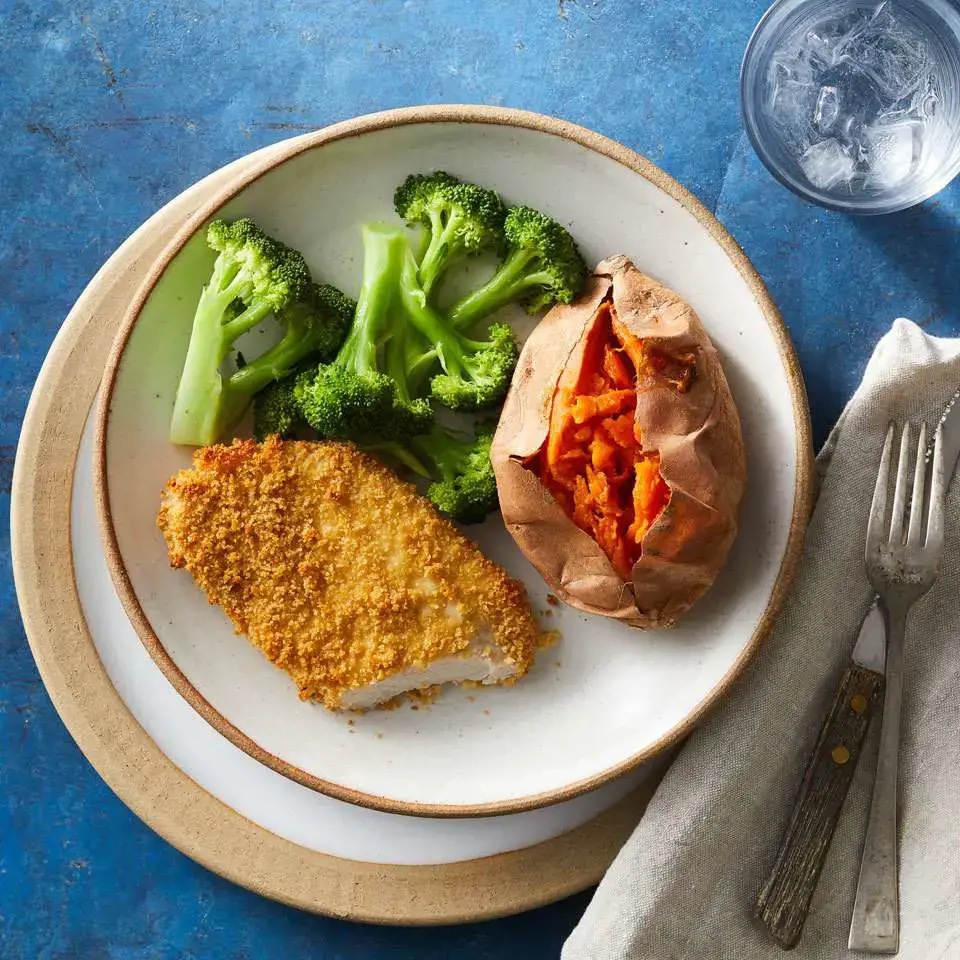
When it comes to packing a lunch for a 5 year old, it's important to choose nutritious foods that will provide them with the energy and nutrients they need for their growing bodies and minds. Here are some healthy options to consider:
- Fresh fruits and vegetables: Include a variety of fruits and vegetables in your child's lunch to ensure they're getting a range of vitamins and minerals. Some examples include sliced apples, carrot sticks, cherry tomatoes, and grapes.
- Whole grains: Opt for whole grain bread, wraps, or crackers when making sandwiches or wraps for your child's lunch. Whole grains are a good source of fiber and will help keep your child feeling full and satisfied. You could make a sandwich with whole wheat bread, lean protein (like turkey or chicken), and some veggies.
- Lean proteins: Protein is important for your child's growth and development. Include sources of lean protein in their lunch, such as grilled chicken strips, hard boiled eggs, or hummus. You could also add some cheese cubes or yogurt for an additional source of protein.
- Healthy fats: Healthy fats are essential for brain development. Include sources of healthy fats in your child's lunch, such as avocado slices, nut butter, or a small handful of nuts or seeds. You might include a small container of almond butter for dipping apple slices or celery sticks.
- Dairy or dairy alternatives: Milk, yogurt, and cheese are good sources of calcium, which is important for strong bones and teeth. If your child is lactose intolerant or follows a dairy-free diet, there are many non-dairy alternatives available, such as almond milk or coconut milk yogurt.
- Water: Instead of packing sugary beverages like juice or soda, opt for water. Staying hydrated is important for your child's overall health and well-being. You could include a reusable water bottle in your child's lunchbox.
- Homemade snacks: Instead of reaching for pre-packaged snacks that are often high in sugar and additives, try making your own healthy snacks at home. Some ideas include homemade granola bars, trail mix with nuts and dried fruits, or homemade fruit popsicles made with real fruit juice.
Remember to involve your child in the lunch-packing process whenever possible. Let them help choose the fruits and vegetables they want, or allow them to assemble their own sandwiches or wraps. This will not only make them more likely to eat the healthy options you pack, but it will also help them develop important skills and a sense of ownership over their meals.
Essential Items to Pack for a Romantic Hotel Date Night
You may want to see also

How can I ensure that my child's lunch is balanced and nutritious?
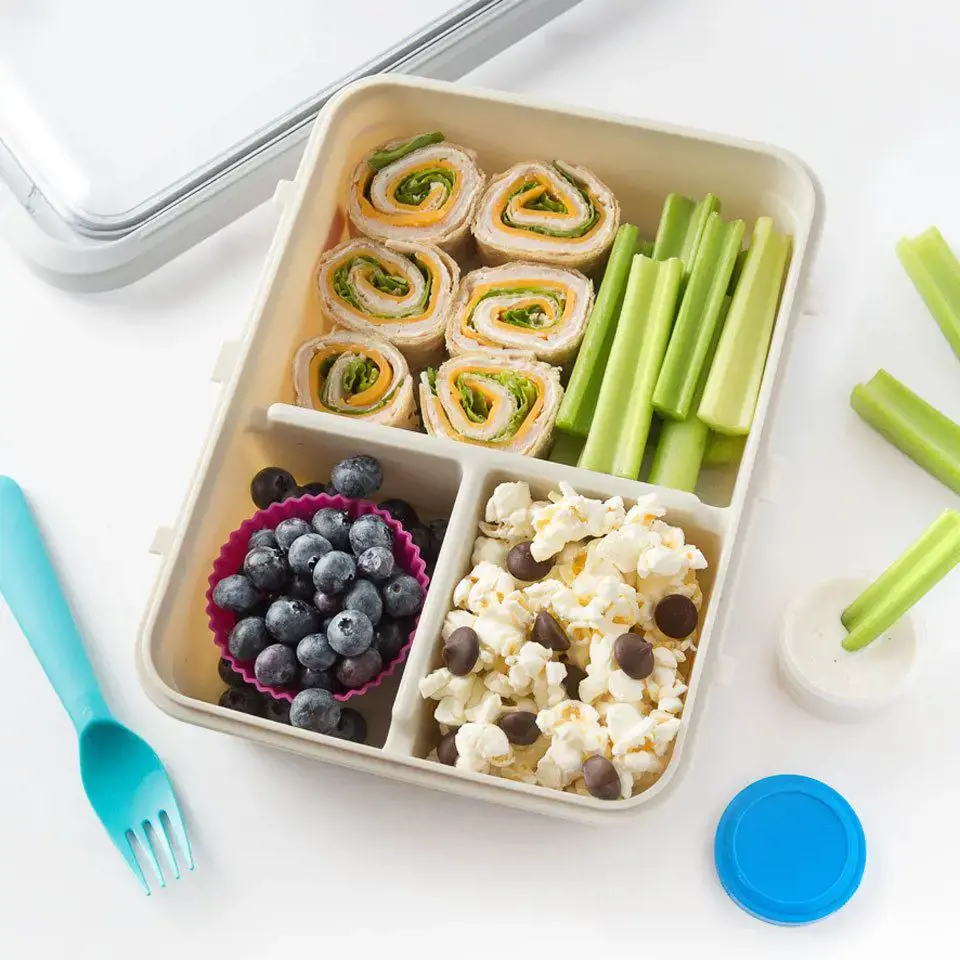
As a parent, it is important to provide your child with a balanced and nutritious lunch to promote their overall health and well-being. By incorporating a variety of foods from different food groups, you can ensure that your child receives the essential nutrients they need for growth and development. Here are some steps you can take to make sure your child's lunch is balanced and nutritious:
Include a variety of food groups: Aim to include foods from all five food groups - fruits, vegetables, grains, protein, and dairy. This will provide a good mix of essential nutrients such as vitamins, minerals, carbohydrates, protein, and fats.
Example: Pack a lunch that includes a sandwich with whole grain bread, lean turkey or chicken, lettuce, and tomato slices. Add a piece of fruit, like an apple or a banana, and some baby carrots or cucumber slices. Include a serving of yogurt or a cheese stick for dairy.
Emphasize whole grains: Choose whole grain options for bread, pasta, and rice instead of refined grains. Whole grains provide more fiber, vitamins, and minerals compared to refined grains.
Example: Use whole grain bread for sandwiches or wrap fillings, opt for brown rice instead of white rice, and choose whole wheat pasta for pasta salads.
Add fruits and vegetables: Fruits and vegetables are packed with vitamins, minerals, and fiber. Aim to include a variety of colors to ensure a range of nutrients.
Example: Pack a mix of different fruits, such as sliced grapes, berries, or melon chunks. Add vegetables like carrot sticks, cherry tomatoes, or sliced bell peppers.
Include lean protein sources: Protein is important for growth and development. Choose lean protein sources such as poultry, fish, beans, lentils, tofu, or low-fat dairy products.
Example: Include lean protein options like grilled chicken or turkey breast, canned tuna or salmon, or a hard-boiled egg. Alternatively, pack a container of chickpea salad or a hummus dip for a vegetarian option.
Limit added sugars and processed foods: Avoid packing foods that are high in added sugars, such as sweetened snacks or sugary beverages. Opt for whole foods instead of heavily processed items.
Example: Skip sugary drinks like soda or fruit punch and offer water or milk instead. Avoid overly processed snack foods like chips or cookies, and opt for healthier alternatives like homemade trail mix, yogurt, or low-sugar granola bars.
Encourage water as the main beverage: Water is essential for hydration and helps support overall health. Encourage your child to drink water throughout the day and include a water bottle in their lunch.
Example: Pack a reusable water bottle filled with water or provide a refillable water fountain option at school.
By following these steps and providing a balanced and nutritious lunch, you can ensure that your child gets the essential nutrients they need to stay healthy and focused throughout the day. Remember to involve your child in the decision-making process and make lunchtime an opportunity to try new foods and flavors.
Delicious and Nutritious: School Lunch Box Ideas for a Healthy Meal
You may want to see also

Are there any specific food items I should avoid packing in my 5 year old's lunch?
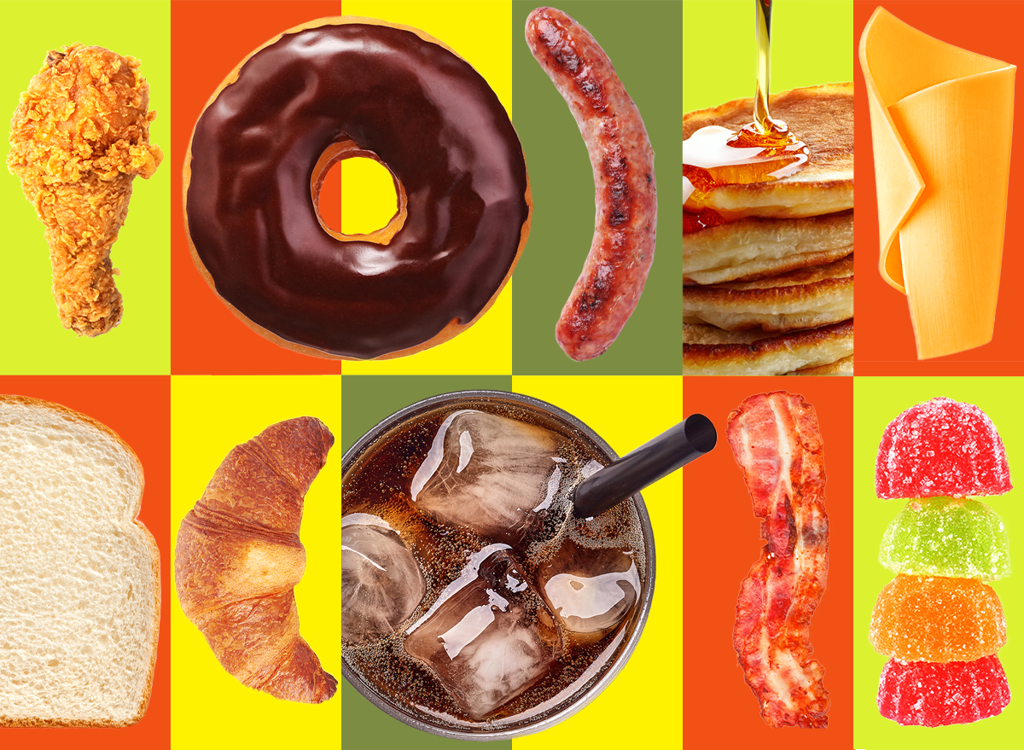
As a parent, you want to ensure that your child's lunch is not only nutritious but also safe to eat. While it is essential to provide a balanced meal for your 5-year-old, there are a few food items that you should avoid packing in their lunchbox. These items may pose a choking hazard, contain excessive sugar or salt, or have a high risk of spoilage.
One of the most important considerations when packing your child's lunch is to avoid foods that may cause choking. It is crucial to cut food into small, bite-sized pieces and remove any seeds or pits. Foods to avoid include whole grapes, cherry tomatoes, popcorn, and nuts. Instead, provide sliced or mashed fruits, such as berries or bananas, and opt for cooked vegetables like carrot sticks or steamed broccoli.
Another factor to consider is the sugar content in the food you pack. Avoid items like sugary cereals, cookies, and candies, as they can contribute to tooth decay and provide little nutritional value. Instead, choose healthier alternatives like whole grain crackers, unsweetened yogurt, or homemade granola bars. Adding natural sweetness with fresh fruits, such as apple slices or watermelon cubes, can also be a nutritious and delicious option.
Furthermore, it is important to limit the salt content in your child's lunch. Excessive sodium intake can increase the risk of high blood pressure and other health problems later in life. Avoid high-sodium processed meats like ham or salami and instead choose lean protein options like grilled chicken or turkey slices. You can also include whole grains like quinoa or brown rice, which provide essential nutrients without added salt.
Lastly, be mindful of food items that have a high risk of spoilage. These include perishable foods like dairy products, mayo-based salads, or deli meats that can spoil if left at room temperature for too long. To ensure food safety, pack lunches in insulated lunchboxes with ice packs to keep them cool. Use a thermometer to ensure that perishable items are kept below 40°F (4°C).
In conclusion, when packing your 5-year-old's lunch, it is important to avoid foods that may pose a choking hazard, contain excessive sugar or salt, or have a high risk of spoilage. By making conscious choices and opting for healthier alternatives, you can provide your child with a nutritious and safe meal. Remember to involve your child in the packing process and consider their preferences and dietary restrictions to make lunchtime enjoyable and beneficial.
Essential Packing Tips for a Trip to Juicy Oasis: What to Pack
You may want to see also

How can I make my child's lunch more appealing and enjoyable for them to eat?
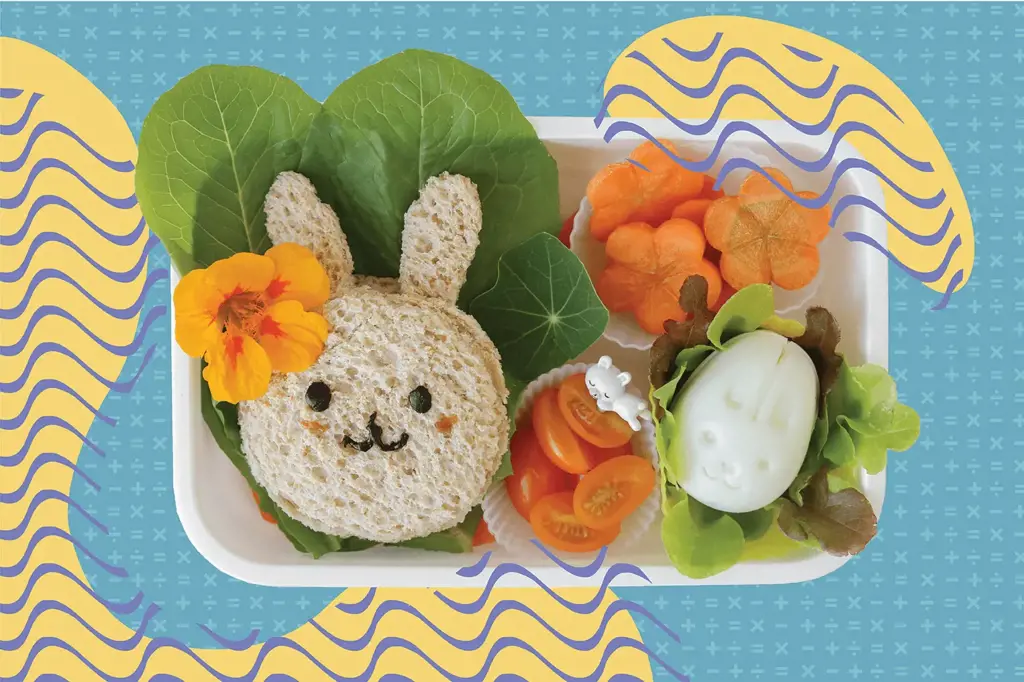
As a parent, you may find it challenging to pack a lunch that your child will actually eat and enjoy. However, there are several strategies you can use to make your child's lunch more appealing and enjoyable for them to eat. In this article, we will discuss some scientific, experience-based, step-by-step tips and provide examples to help you make your child's lunch more enticing.
Offer a variety of foods:
Children are more likely to eat their lunch if it includes a variety of different foods. The U.S. Department of Agriculture recommends including foods from different food groups, such as fruits, vegetables, proteins, whole grains, and dairy. By offering a variety of foods, you can provide your child with different textures, flavors, and colors, making their lunch more exciting and appealing.
Example: Pack sliced apples, baby carrots, and cherry tomatoes alongside a sandwich made with whole-grain bread, turkey, and lettuce. Add a side of yogurt or cheese for protein and calcium.
Make it visually appealing:
Children are often drawn to foods that look appealing and visually appealing. Use colorful containers or bento boxes to pack your child's lunch. Cut fruits and vegetables into fun shapes or make mini sandwiches using cookie cutters. You can also assemble foods into visually appealing arrangements, such as a mini fruit kebab or a creative vegetable salad.
Example: Create a rainbow-themed lunch by packing a variety of colorful fruits and vegetables, such as strawberries, blueberries, carrots, peas, and bell peppers. Arrange them in rainbow order to make it visually appealing.
Involve your child in meal planning and preparation:
Children are more likely to eat their lunch if they have a say in what goes into it. Involve your child in meal planning and preparation by letting them choose their favorite foods and assisting you in making their lunch. This gives them a sense of ownership and control over their meals, making them more excited to eat them.
Example: Sit down with your child and create a weekly lunch plan together. Ask them for their input and ideas on what they would like to eat. Take them grocery shopping and let them pick out their favorite fruits, vegetables, and other lunch items.
Keep it fun and interactive:
Make your child's lunchtime more enjoyable by adding fun and interactive elements. Include small containers of dips or dressings for their fruits and vegetables. Pack lunchbox notes with jokes or riddles to make them smile. You can also include small surprises, such as stickers or a special treat, to make their lunchtime more exciting.
Example: Pack a small container of hummus or ranch dressing for dipping vegetables or pretzels. Add a lunchbox note with a joke or riddle for your child to read during lunch.
Ensure proper food safety:
To make your child's lunch appealing and enjoyable, it is essential to ensure proper food safety. Use insulated lunch bags or boxes to keep perishable items cool and prevent bacterial growth. Pack hot foods in thermoses to keep them warm. Teach your child about food safety, such as handwashing before eating and not sharing food with others.
Example: Use an insulated lunch bag with a freezer pack to keep sandwiches, fruits, and yogurt cool and fresh. Pack hot soup in a thermos to keep it warm until lunchtime.
In conclusion, there are several ways to make your child's lunch more appealing and enjoyable for them to eat. By offering a variety of foods, making it visually appealing, involving your child in meal planning, keeping it fun and interactive, and ensuring proper food safety, you can create a lunch that your child will look forward to eating every day.
Packing Essentials: Every Summer Ana
You may want to see also

Are there any creative and fun ideas for lunchbox meals that my 5 year old would enjoy?
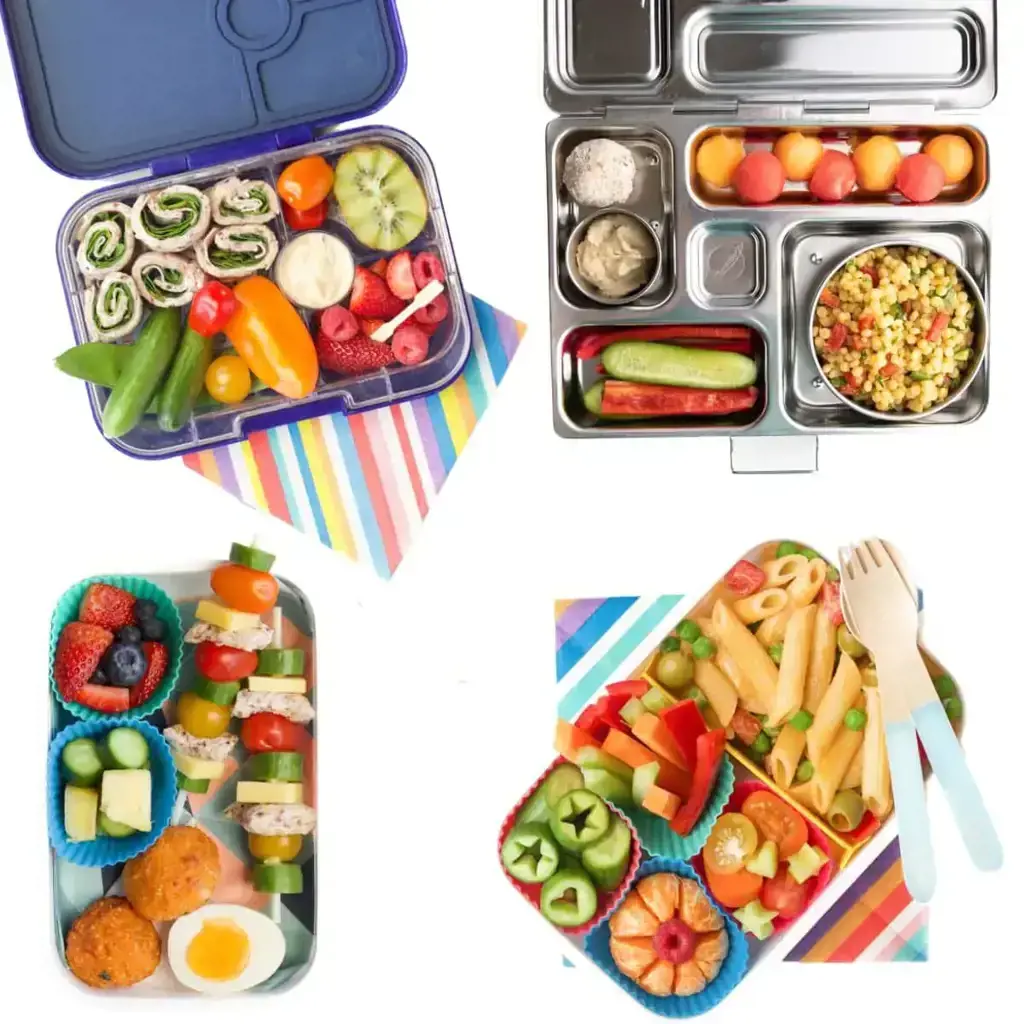
As a parent, it can be challenging to come up with new and exciting lunchbox ideas that your 5-year-old will enjoy. However, with a little creativity and some simple ingredients, you can transform a boring lunch into a fun and delicious meal that your child will look forward to eating every day.
One idea is to create mini sandwiches using cookie cutters. Instead of using regular bread, try using mini bagels or English muffins. Use the cookie cutters to cut out fun shapes such as dinosaurs, hearts, or stars. You can then fill these mini sandwiches with your child's favorite fillings, such as peanut butter and jelly or ham and cheese. Not only are these sandwiches visually appealing, but they are also the perfect size for little hands.
Another fun idea is to create a DIY lunchable. Instead of buying pre-packaged lunchables, you can make your own using healthier ingredients. Start with a compartmentalized container and fill each section with a variety of foods. Some ideas include sliced vegetables, fruit, cheese, crackers, and deli meat. Your child will have fun assembling their own lunch and can mix and match different combinations.
If your child enjoys pasta, you can make pasta salad as a lunchbox option. Cook pasta according to the package instructions and let it cool. Add diced vegetables such as cherry tomatoes, cucumbers, and bell peppers. You can also add some protein in the form of diced chicken or chickpeas. Toss everything together with a light dressing, such as olive oil and lemon juice. This pasta salad can be enjoyed cold and packed in a lunchbox with a side of fruit or yogurt.
For a fun twist on the classic sandwich, try making pinwheel wraps. Start with a large tortilla or flatbread and spread a thin layer of cream cheese or hummus. Add your child's favorite fillings, such as sliced turkey, lettuce, and shredded cheese. Roll the tortilla tightly and then slice into bite-sized pinwheels. These pinwheel wraps are not only visually appealing but also easy for small hands to hold and eat.
If your child enjoys fruit, you can create fruit skewers for their lunchbox. Cut up a variety of fruits into bite-sized pieces, such as strawberries, grapes, and melon. Thread the fruit onto skewers and pack them in a container. You can also include a small container of yogurt or honey for dipping.
In conclusion, there are plenty of creative and fun ideas for lunchbox meals that your 5-year-old will enjoy. From mini sandwiches and DIY lunchables to pasta salad and pinwheel wraps, there are endless options to make lunchtime exciting. By thinking outside the box and offering a variety of colorful and tasty options, you can ensure that your child looks forward to their lunch every day.
Essential Items to Pack for a Cruise to Cozumel: A Comprehensive Guide
You may want to see also
Frequently asked questions
Some healthy options to pack in a lunch for a 5 year old include fruits like apple slices, grapes, or berries. Vegetables like carrot sticks, celery, or cherry tomatoes also make great options. Whole grain crackers or pretzels can be a good source of carbohydrates, while cheese or yogurt can provide protein and calcium.
To ensure your 5 year old's lunch stays fresh until lunchtime, consider using an insulated lunch box or bag to keep the food at a safe temperature. Packing a small ice pack can also help to keep perishable items like yogurt or sandwiches cool. Avoid packing items that may spoil easily, such as mayonnaise-based salads or meats that have been sitting out for too long.
There are many fun and kid-friendly lunch ideas for a 5 year old. One idea is to make kabobs using chunks of fruit, cheese, and cooked chicken or ham. Another idea is to create a mini sandwich buffet where your child can assemble their own sandwiches with a variety of ingredients. You can also make homemade versions of popular snack foods, like mini pizzas or chicken nuggets, using healthier ingredients.




